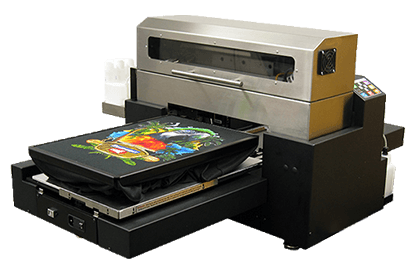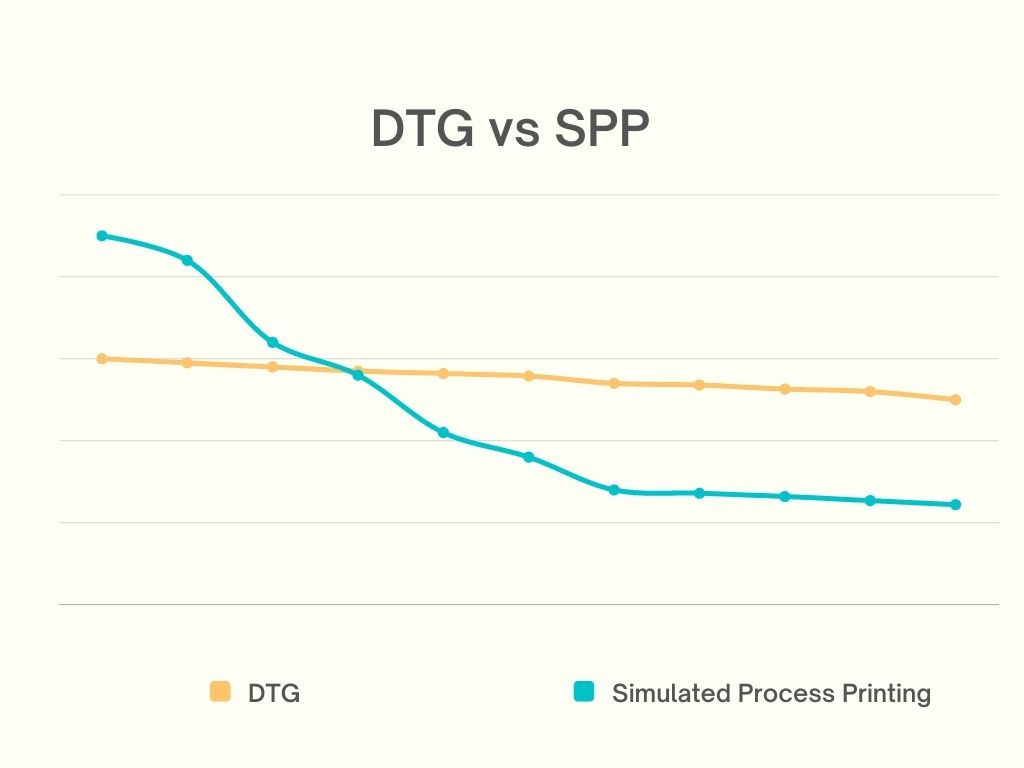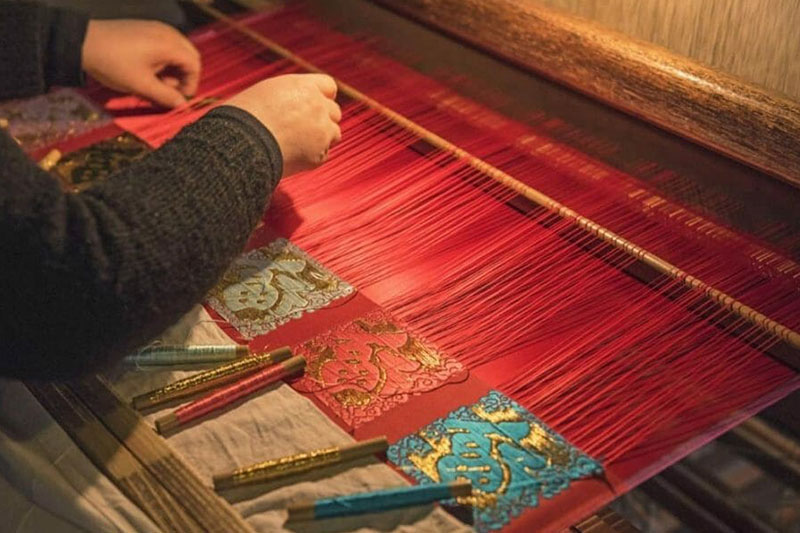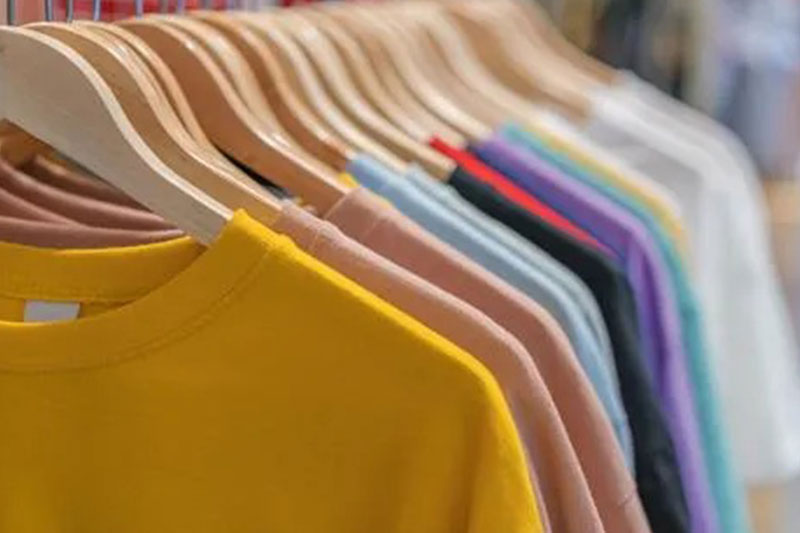Useful Facts About Direct To Garment (DTG) Printing

Direct-to-garment (DTG) printing creates digital artwork and prints directly on the garment, allowing greater colour mixing and photorealism.
In Direct-to-garment or DTG printing technology, a printer directly applies the ink onto the t-shirt with inkjet technology.
It is almost like printing on paper, except on a fabric. A special printer prints the ink directly onto the garment in the desired design.
Direct to Garment printing uses specialty water-based inks, which are absorbed by the fibers of the garment.

Let us find out interesting & helpful facts about Direct to Garment printing.
Direct-to-Garment printing is simple: you simply load your image into a computer, put the shirt in the machine, and press the button to start.
Initially, it is slightly tricky however with time and practice Direct to Garment printing is far easier than screen printing.
In DTG printing, printing on light shirts is easier than dark ones.
Although, if you are using a dark shirt, pretreat is required, which means you have to pretreat the shirt, heat press it, print the image, then heat press it again
Also in Direct to Garment printing, the quality of the garment is plays an important role. For the best quality print, you want to use a t-shirt with a tight-knit, smooth print surface; you want as little stray yarn as possible.
In DTG printing maintenance is highly important.
This has mostly to do with the white ink settling down in the lines and clogging up the heads.
So, it is important that you keep your machine active and maintained then keeping it won’t be an issue. Basically, the maintenance is not hard however it takes time.
Are you keen on matching pace with what’s new in the garment industry?
Visit Gartex Texprocess India, a leading textile and garment exhibition in India, held in Pragati Maidan, New Delhi and Jio World Convention Centre, Mumbai, and learn about the latest technology, cutting-edge equipment, materials, and services in the industry.
More News
How to Identify Authentic Indian Handloom Products?
Indian handloom products are a timeless testament to the country’s rich cultural heritage and craftsmanship. From luxurious Banarasi silks to timeless Khadi…View More
How to Start a Garment Manufacturing Business in India?
India’s textile and garment industry has always been a major contributor to the country’s economy, offering vast opportunities for entrepreneurs. With the…View More
How to Reduce Textile Waste in Garment Production?
Textile waste has become a growing concern in the garment industry, with significant environmental and economic impacts. As businesses and consumers become…View More
The Digital Transformation of Textile Production
The shift from traditional textile printing to digital fabric printing has unlocked a world of new possibilities for producers and designers alike.…View More
Recap of India’s Garment Industry in 2024: A Year of Growth and Transformation
As 2025 begins, India’s garment industry has experienced significant growth, overcoming challenges and embracing new opportunities in 2024. From technological advancements to…View More
Download
Register Now
Recent Posts
Show Countdown
DELHI
Bharat Mandapam (Pragati Maidan), New Delhi, India
- days
- Hours
- Minutes
- Seconds
MUMBAI
Jio World Convention Centre, Bandra Kurla Complex, Mumbai






